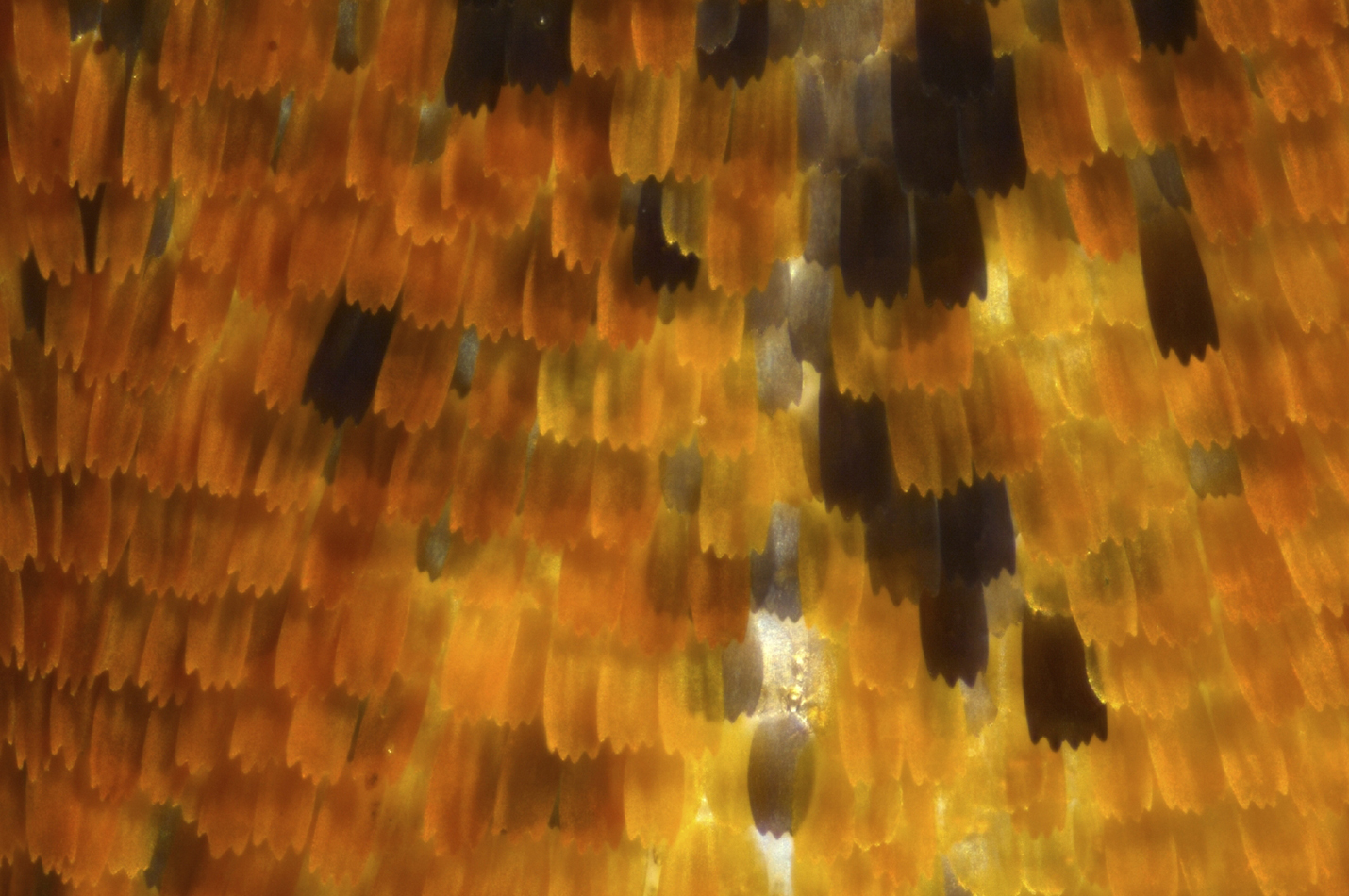Biomimicry in lighting design (aka: cool stuff we’re excited to see more of)
The natural world has always been a source of inspiration for scientists and engineers. By studying biological processes and evolutionary adaptations, technology can be further developed and improved. This scientific discipline is called biomimetics (or alternatively, biomimicry) and it has rapidly expanded in the past decade as the need for sustainable resources has been recognized. Check out these developments in solar energy and LED lighting. So many possibilities yet to be discovered!
A Better Solar Panel: Ivy Vines and Moth Eyes
Dye-sensitized solar cells (DSSC) are a new type of thin-film solar panel cells that are no more than a few micrometers in width. This gives DSSCs an edge over conventional silicon crystal arrays – not only can DSSCs be deployed nearly anywhere with little to no installation required, but they can also be made into different shapes and sizes.
However, the amount of light reflected between the DSSC’s many layers reduces its efficiency. To resolve this issue, a team of scientists from North Carolina State University studied the eye of a moth, which is anti-reflective as a means to see better in the dark and avoid predators. The team discovered a thin nanomolecular mesh on the surface of the eye that almost eliminated light reflection. By incorporating a copy of this nanomolecular structure between each layer of a DSSC, the output of the cell increased to levels comparable to (and possibly exceeding) silicon crystal arrays
Not too surprisingly, this new generation of solar cell has led to the development of “power plants” containing thin-film solar cells shaped into leaves. For now, this shape serves mainly aesthetic purposes. SMIT has recently developed Solar Ivy, consisting of vines of solar panel-bearing leaves that can be draped along any vertical surface. AIST has developed a thin-film cell that has been molded in the broad, flat shape of a leaf. These leaves can be arranged into a small shrublike plant or into an artificial tree, complete with multi-level leaf arrangements.
A Better LED Light: Fireflies and Butterfly Wings
LEDs first became widespread in the 1970s and now can be found virtually everywhere – traffic lights, laptops, cars, and more. To find ways to continue improving LED technology, many engineers have carefully studied the bioluminesence of living organisms.
Internally reflected light can greatly decrease the brightness of LEDs. Although anti-reflective coatings can be added to LEDs during their manufacture, a research team from Korea discovered a cheaper way to decrease internally reflected light by studying the nanomolecule-thin cuticle layer that covers a firefly’s lantern. This cuticle layer is arranged in a grooved pattern that optimizes the amount of light transmitted from the lantern to the surrounding air. That same pattern can be adapted for use in LEDs to enhance their brightness.
Butterfly wings are extraordinarily intricate limbs composed of scales that physically resemble high-emission LEDs. Like their artificial counterpart, each scale on an African swallowtail butterfly is perforated with tiny holes in the side and layered with upwardly reflecting mirrors that efficiently direct light through the scale. Unlike LEDs, however, the unique physiology of the butterfly’s wings also allow it to create color – not by chemical means, but through changes in nanomolecular structure.
On the nanomolecular level each scale in a butterfly’s wing is composed of many layers of permeable chitin. By adjusting the distance between each layer, the butterfly can negate the absorption of certain colors. This helps butterflies communicate, thermoregulate, and camouflage themselves. However, humans can use it to produce colors non-toxically – a use that’s applicable to everything from electronics to cosmetics.
*Credit: Zach Suchara, AIA, LEED AP
Zach is the Director of Design at Luma Lighting Design (PAE's lighting division) and an Associate Principal with nearly 20 years experience in architecture and lighting design. *



